The Spicy, Chewy Delight of Tteokbokki (Topokki): Exploring Korea's Most Iconic Street Food
If you've ever ventured into the world of Korean cuisine, you've likely heard of tteokbokki, or as it's often spelt, topokki. Known for its bold, spicy flavors and delightfully chewy texture, tteokbokki is a Korean street food staple that's found its way into the hearts and taste buds of foodies worldwide. At Sugoi Mart, we're all about bringing you the best of Asian snacks, candies, and food, so it's no surprise that we've fallen in love with this delicious dish as well. In this article, we'll dive into the world of tteokbokki, exploring its origins, variations, and how you can enjoy it in the comfort of your own home.
The Origins of Tteokbokki

The origins of tteokbokki can be traced back to the Joseon Dynasty (1392-1897), a period of significant cultural and political development in Korea. The dish was initially created as a royal court cuisine and was known as "gungjung tteokbokki." The early version of tteokbokki was quite different from the popular street food we know today. It featured a savory soy sauce-based sauce combined with chewy rice cakes, vegetables, and meat, creating a milder and more subtle flavor profile.
The transformation of tteokbokki into the spicy dish enjoyed today began in the 1950s, during the aftermath of the Korean War. This period saw an influx of new ingredients, including gochujang (Korean red chilli paste), which played a crucial role in reinventing the dish. The addition of gochujang brought a fiery, bold taste to tteokbokki, and the rice cake dish quickly gained popularity as a street food among the general population.
As tteokbokki became more widespread, it started being sold by street food vendors known as pojangmacha, who would serve it in disposable cups with wooden skewers. Over time, tteokbokki has evolved into various forms, featuring different sauces, ingredients, and levels of spiciness. Today, tteokbokki is not only a beloved street food in Korea but has also gained international recognition and is enjoyed by people all around the world.
The Main Components of Tteokbokki
At its core, tteokbokki consists of three main components: rice cakes (tteok), fish cakes (eomuk or odeng), and a spicy gochujang-based sauce. Each component plays a crucial role in creating the signature taste and texture of tteokbokki.
Korean Rice Cakes (Tteok)

Rice cakes are the star ingredient in tteokbokki. They are made from glutinous rice flour, which gives them a distinctively chewy texture. Fresh rice cakes come in different shapes and sizes, ranging from thin, cylindrical sticks to thick, oval-shaped pieces.
Fish Cakes (Eomuk or Odeng)

Fish cakes are another essential ingredient in tteokbokki. They add a savory, umami flavor that perfectly complements the heat of the spicy sauce. Fish cakes are typically made from a fish paste that is shaped into thin, rectangular slices. They are boiled and then sliced into small pieces before being added to the dish.
Gochujang-Based Sauce

The spicy gochujang-based sauce is what sets tteokbokki apart from other rice cake dishes. The sauce is made from a mixture of gochujang (Korean red chili paste), soy sauce, sugar, and other seasonings. It's thick, rich, and packed with flavor, with a perfect balance of sweetness, saltiness, and spiciness.
Optional Ingredients
While the three main components are the base of tteokbokki, various optional ingredients can be added to the dish to enhance its flavor and texture. Some popular additions include boiled eggs, sliced carrots, cabbage, green onions, and sesame seeds. These ingredients can be added to the dish according to personal preferences, giving tteokbokki a more complex and satisfying flavor profile.
Popular Variations
Tteokbokki is a versatile dish that can be modified in various ways to suit different tastes and preferences. Here are some popular variations of tteokbokki:
1. Cheese Tteokbokki

This variation of tteokbokki features melted cheese on top, adding a creamy, indulgent twist to the dish. Cheese tteokbokki has become a trendy menu item in Korea, and it's not hard to see why – the combination of spicy sauce and melted cheese creates an addictive flavor that's hard to resist.
2. Ra-bokki

This is a fusion dish that combines tteokbokki rice cakes and ramen. Ra-bokki incorporates instant noodles into the spicy sauce, creating a delightful medley of textures and flavors. The chewy noodles and soft rice cakes complement each other perfectly, making ra-bokki a popular choice among foodies.
3. Soupy Tteokbokki

Soupy tteokbokki features a broth-like consistency instead of the traditional thick sauce. It's a slightly lighter and more refreshing take on the classic dish, making it a great option for those who want to enjoy the flavor of tteokbokki without feeling too full.
4. Cream Tteokbokki

For those who prefer a milder, creamier alternative, cream tteokbokki swaps out the fiery gochujang sauce for a smooth, white cream sauce. The cream sauce is typically made with milk, cream, cheese, and other seasonings, creating a mild yet flavorful dish that's perfect for those who can't handle too much spice.
5. Seafood Tteokbokki

Seafood tteokbokki is a variation that incorporates various types of seafood, such as shrimp, squid, and mussels, into the dish. The seafood adds a salty, oceanic flavor that pairs well with the spicy sauce, creating a savory and satisfying meal.
These are just a few examples of the many variations of tteokbokki Korean fish cakes that are available. The beauty of tteokbokki is that it's an adaptable dish that can be customized to suit any taste preferences, making it a popular choice among foodies around the world.
Where to Find Tteokbokki

Tteokbokki is a popular street food in Korea, and it can be found in various locations across the country. Here are some of the places where you can find tteokbokki in Korea:
-
Pojangmacha (Street Food Vendors): Pojangmacha is a term used to refer to street food vendors in Korea. They are a ubiquitous sight in many Korean cities, offering an array of delicious and affordable snacks, including tteokbokki. Pojangmacha typically sells tteokbokki in small, disposable cups, making it a convenient option for those on the go.
-
Tteokbokki-Jip (Tteokbokki Specialty Restaurants): Tteokbokki-jip is a type of restaurant that specializes in tteokbokki. They offer various types of tteokbokki, including the classic spicy version, as well as variations like cheese tteokbokki, seafood tteokbokki, and more. Tteokbokki-jip is a great option for those who want to sit down and enjoy a full meal of tteokbokki.
-
Korean Restaurants: Many Korean restaurants around the world also offer tteokbokki on their menus, from spicy rice cakes to stir-fried rice cakes. If you're a fan of Korean cuisine, chances are you'll be able to find tteokbokki at your local Korean restaurant.
For those who want to enjoy tteokbokki at home, instant tteokbokki options are also widely available in every Korean grocery store, including at Sugoi Mart, where we offer an assortment of instant tteokbokki options. These instant tteokbokki options come in various flavors and are easy to prepare, making it possible to indulge in this flavorful dish anytime, anywhere.
DIY Tteokbokki: Making It at Home

If you're feeling adventurous and want to try your hand at making tteokbokki from scratch, here's a simple recipe to get you started:
Ingredients:
-
1 pound of rice cakes (tteok)
-
4 cups of water
-
1/2 cup gochujang (Korean red chili paste)
-
3 tablespoons sugar
-
2 tablespoons soy sauce
-
1 tablespoon gochugaru (Korean chili flakes), optional for extra heat
-
1/2 pound fish cakes (eomuk or odeng), sliced
-
4 green onions, chopped
-
1 small onion, sliced
-
2 boiled eggs, optional
-
sesame oil
Instructions:
-
Soak the rice cakes in water for 30 minutes to soften, then drain.
-
In a large pan, combine warm water, gochujang tteokbokki sauce, sugar, soy sauce, and gochugaru (if using). Stir until well mixed and bring to a boil.
-
Add the rice cakes and cook for about 10 minutes on medium-high heat, stirring occasionally to prevent sticking.
-
Add the fish cake, green onions, and sliced onion, and continue to cook for another 5-7 minutes until the sauce thickens and the rice cakes become tender.
-
Optionally, add boiled eggs to the pan during the last few minutes of cooking.
-
Serve hot, and enjoy!
Conclusion
Tteokbokki, with its enticing blend of spicy, sweet, and savory flavors, is undoubtedly a must-try dish for anyone looking to explore the diverse world of Korean food. Whether you choose to enjoy it at a restaurant, purchase instant tteokbokki from Sugoi Mart, or make it from scratch, we're confident that this spicy, chewy delight will quickly become a favorite in your culinary repertoire. As we continue to expand our offerings at Sugoi Mart, we invite you to join us in celebrating the rich and flavorful tastes of Asian cuisine. Happy eating!







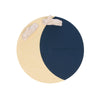

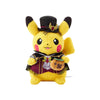












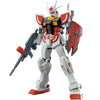




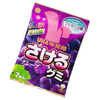



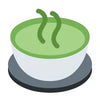



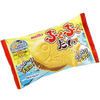






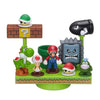
















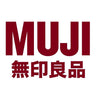

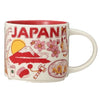


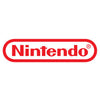










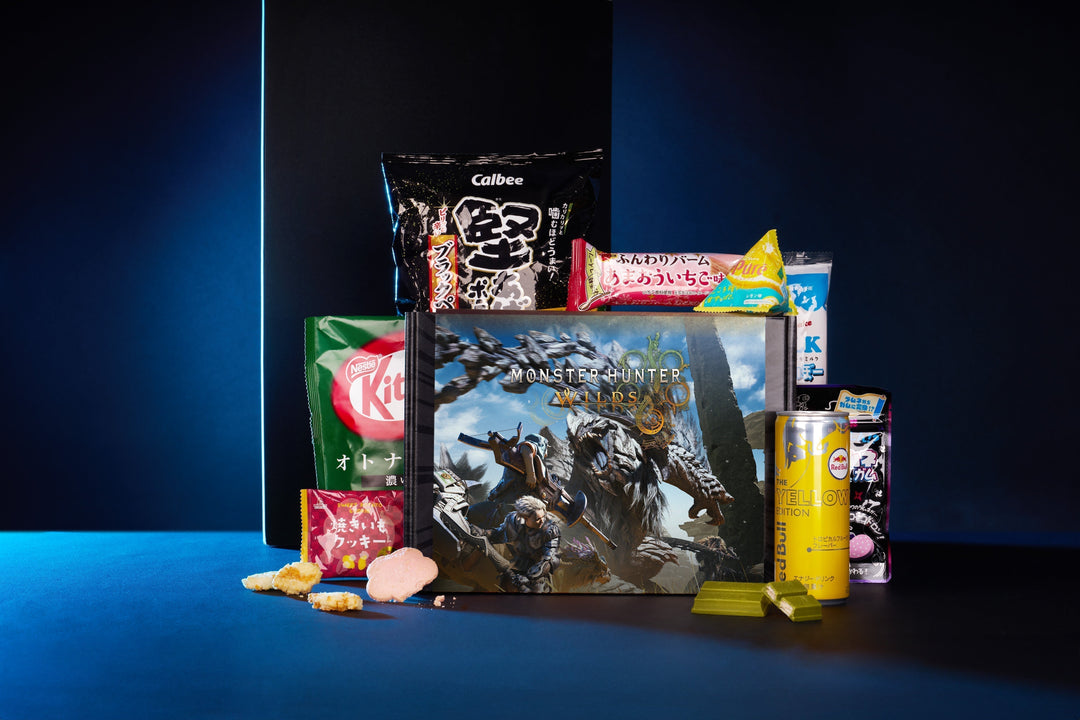
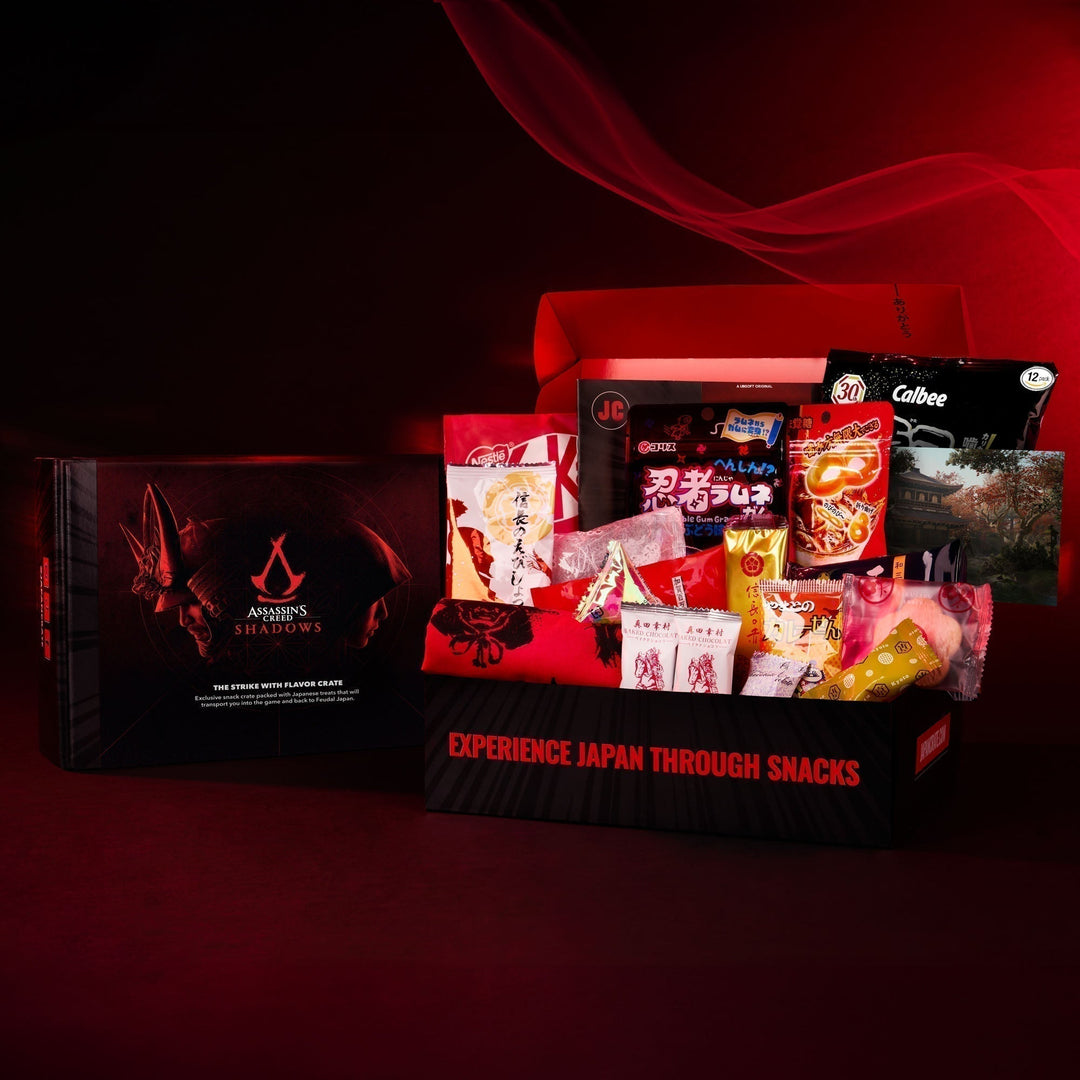
Leave a comment